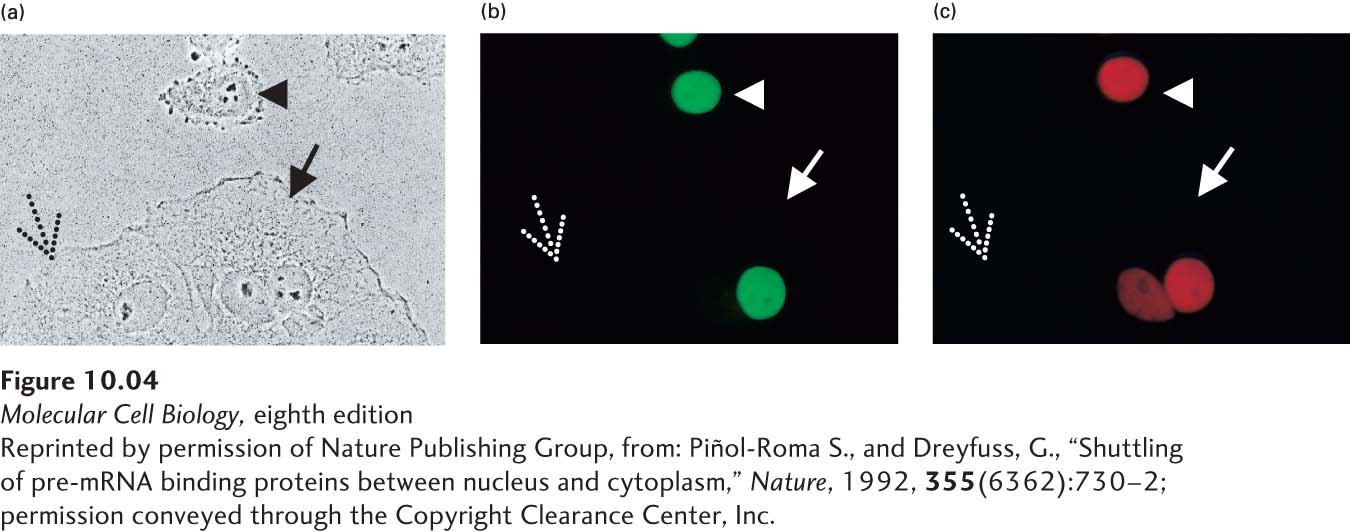
FIGURE 10- t- e- a- l- a- a- a-
[Reprinted by permission of Nature Publishing Group, from: Piñol- e- 0–